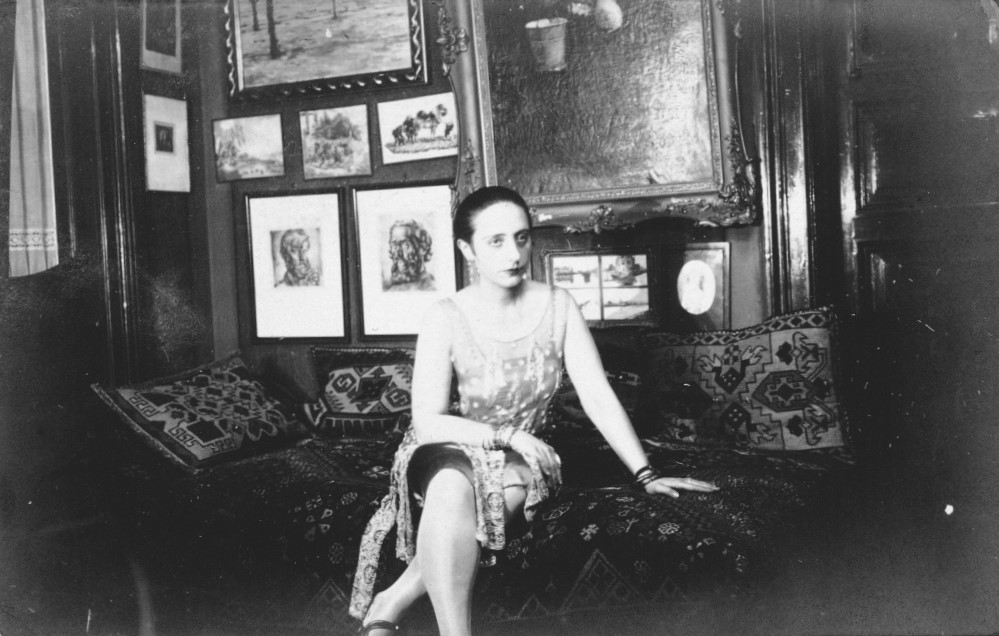Vladimir NAÏDITCH
January 3, 2019Félicia PACANOWSKA
January 3, 2019Maxa NORDAU
PARIS 1897-1991
Maxa Nordau grew up in a bourgeois family in Paris. Her father, Max Nordau, originally came from Germany and was a doctor. He was one of the theorists and colleagues of Theodor Herzl and contributed to the creation of the State of Israel. Maxa Nordau studied with Lopez Mezquita and Jules Adler, who taught her oil painting, drawing, and watercolors. During World War I, she lived in Spain with her father. She exhibited her work at official exhibitions, and took part in the Colonial Exhibition in Strasbourg in 1924. She contributed to the decoration of the Palestine pavilion in the World Fair in Paris in 1937. In 1939, Maxa Nordau participated in a French art exhibition in England. During World War II, she exhibited her work in America. She took part in several exhibitions in New York and taught painting at New York City College. Back in Paris in 1946, she continued to paint and to exhibit in private galleries. She enjoyed traveling and visited Palestine, Egypt, Syria, Morocco, Turkey, and Greece. She painted numerous portraits and illustrated several books including Max Nordau’s Contes pour Maxa (publisher: Presse du Temps présent) and Pierre Créange’s Le Vent dans les cheveux. Israel remained her home base.
Stories of Jewish Artists of the School of Paris 1905-1939
FRENCH-ENGLISH
Capitale des arts, le Paris des années 1905-1939 attire les artistes du monde entier. De cette période de foisonnement, un terme est resté, celui d'Ecole de Paris, qui recouvre une grande diversité d'expression artistique. Dans ce brassage dont Montparnasse est le creuset, un groupe se distingue : celui des artistes juifs venus de Russie, de Pologne et d'Europe centrale. Si leurs styles sont variés, un destin commun les rassemble : ils fuient l'antisémitisme de leur pays d'origine. Certains ont connu la célébrité dès les années 1920, tels Soutine, Lipchitz ou Chagall. D'autres n'ont pas eu le temps ou la chance d'y accéder. Près de la moitié a péri dans les camps de concentration nazis.
From 1905 to 1939, Paris attracted artists from all over the globe as the capital of the art world. This period of artistic proliferation became known as the School of Paris, and includes a great diversity of artistic expression. Within the teeming art world centred on Montparnasse, one group set itself apart: Jewish artists from Russia, Poland, and Central Europe. Although their styles were diverse, they shared the common fate of fleeing anti-Semitic persecutions in their home countries. Some became famous in the 1920s, such as Soutine, Lipchitz, and Chagall, while others did not have the time or the luck to gain renown. Nearly half of these artists died in Nazi concentration camps.





